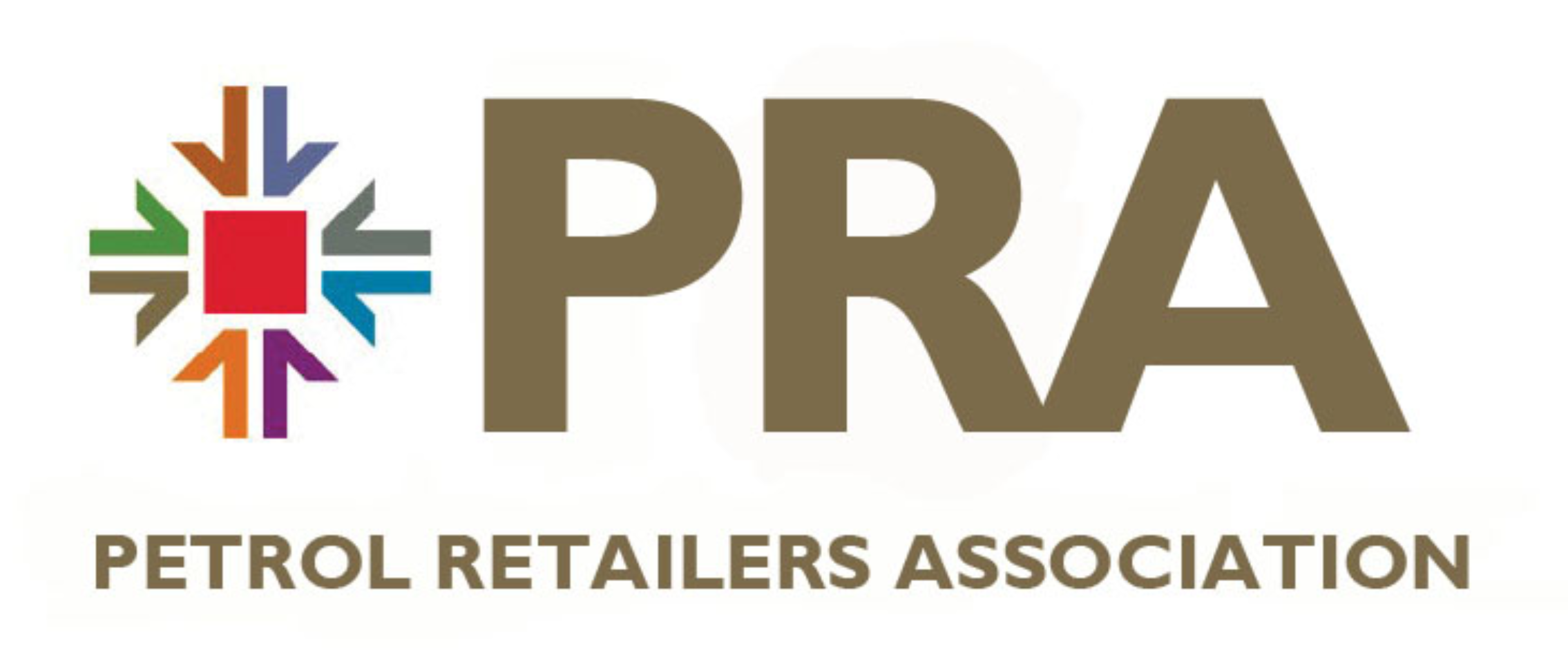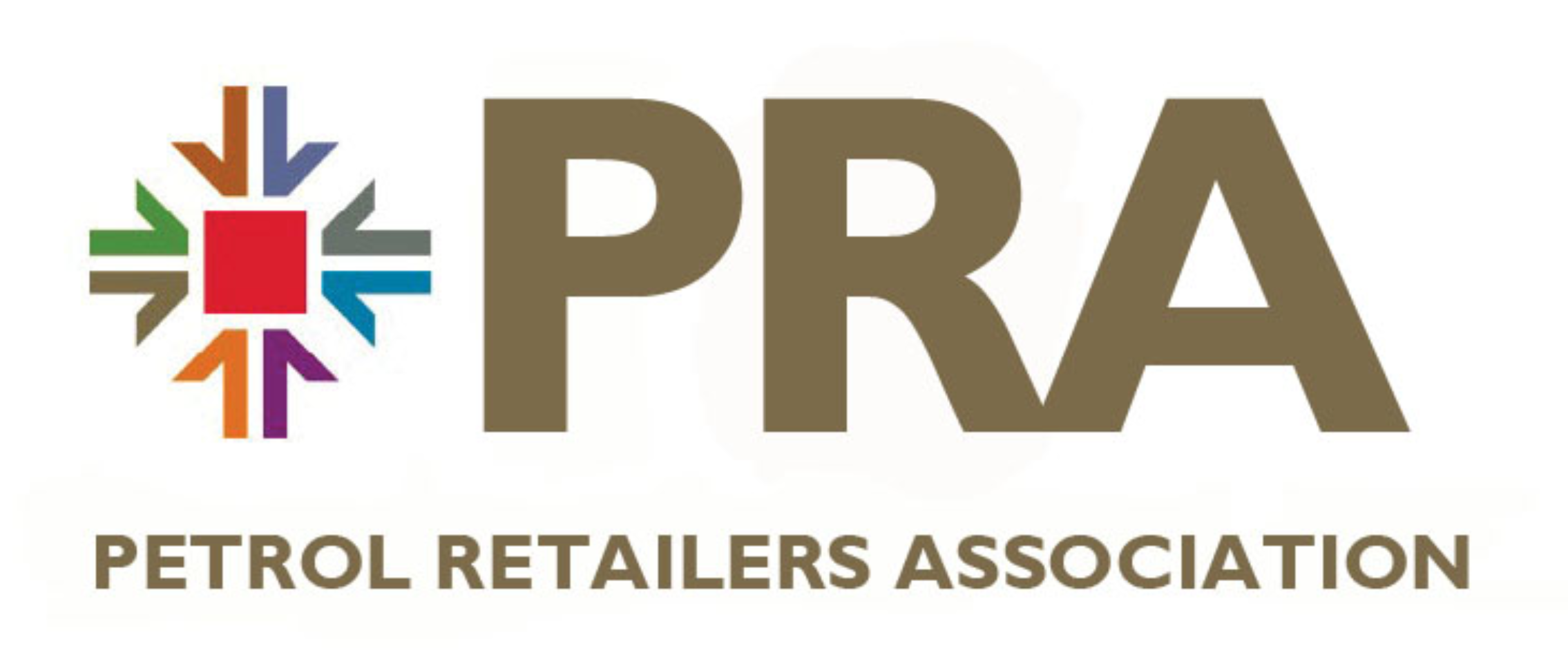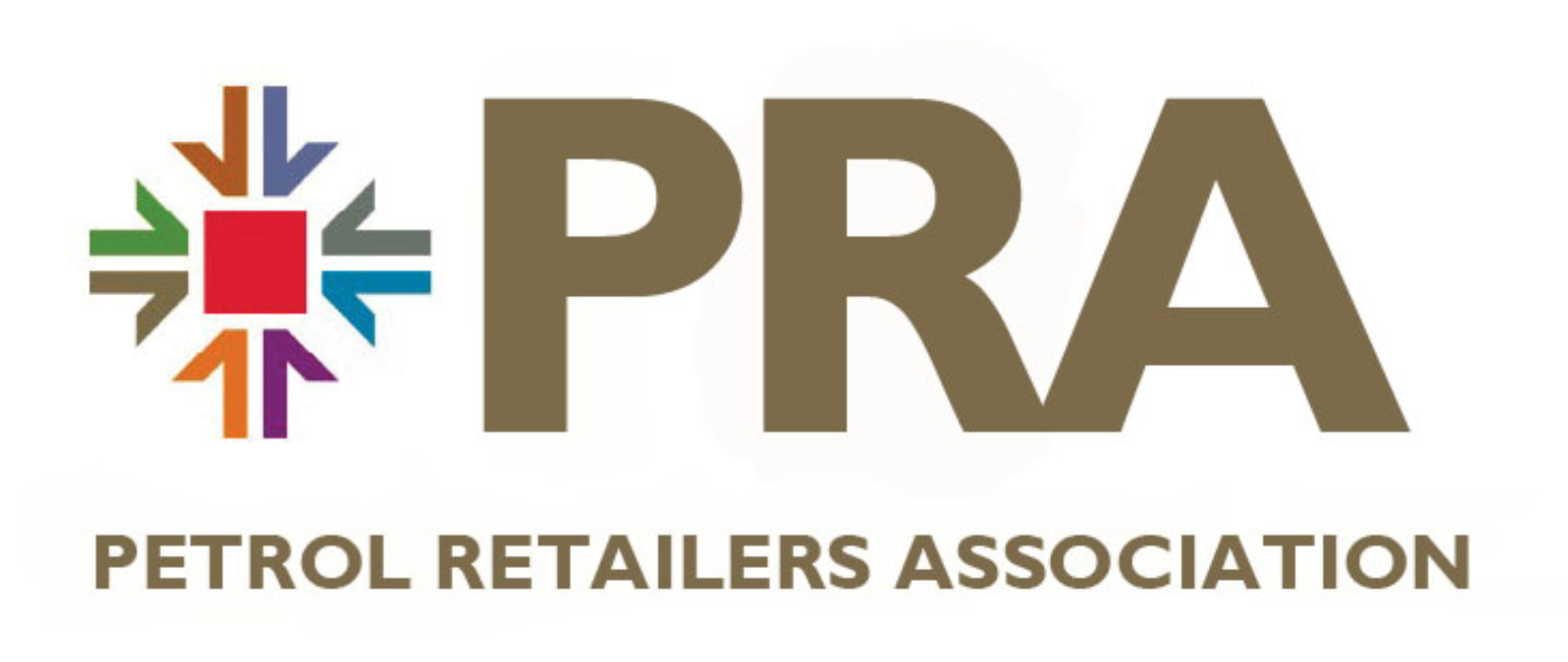Title Page
-
Client/Site
-
Date
-
Prepared by
-
Location
PRA
-
-
iAuditor Suite of Petrol Retailers Association Safety and Environmental Check Lists
The Petrol Retailers Association Technical Team has compiled a suite of check lists to be used within the iAuditor mobile device application. This app is free to use and adapt by up to 10 people for an unlimited number of inspections and encourages regular and comprehensive checks to ensure that their forecourts are operating safely and in compliance with all relevant legislation. The check lists consist of:
1. Daily staff check list
2. Weekly staff check list
3. 6 monthly management check list
The check lists have been compiled with valuable input from the PRA Technical Committee, which consists of a cross-section of operators of petrol filling stations of all sizes. The content of the check lists has also been endorsed by Hampshire County Council (who are also a member of the Technical Committee) under the Co-ordinated Primary Authority Partnership they operate with the PRA.
The check lists are comprehensive and cover all aspects of safety (related to Petroleum Legislation) and compliance that it is necessary to check for faults, functionality, adequate maintenance etc. It is recognised that petrol filling stations vary in both the way that they operate through physical arrangements, type and age of equipment, mode of operation, arrangements for deliveries of fuel etc. Therefore, the check lists can be adapted for each petrol station or business as necessary. Individual items can be removed and added as required to cover all that it is necessary to check on a specific site. For example, the items related to Driver Unassisted Deliveries can be removed when a site receives deliveries of petrol with site staff assisting the tanker driver. Whilst unrelated items may be removed from a site check list, the site-specific risk assessment which is a legal requirement under the Dangerous Substances and Explosive Atmospheres Regulations 2002 (DSEAR), must be used to ensure that nothing has been removed from a check list which could be deemed to affect site safety and nothing which poses a site-specific risk has been omitted from that check list.
The frequency of the carrying out of the checks has been a subject of much debate and we have arrived at the suggested level of frequency based on the staff carrying out the checks having a good level of competence and site specific knowledge of the site at which they are working. This should enable them to carry out the checks within a short period of time, with less experienced staff obviously taking longer and possibly referring to other members of staff or managers to fully understand what is necessary for the checks to be completed. As well as improving the ongoing safe operation of petrol stations, we see this as a good tool for the training of new staff.
DOCUMENTATION/RECORDS (available/current – some on-line or on site acceptable)
-
Site register (updated and all documentation correctly filed)
-
Site Emergency Action Plan. Is it prepared, available and staff aware?
-
Hazard Zone Drawing – displayed and correct
-
3rd Party fuel Stock Inventory Reconciliation service in place. i.e. Wet Stock monitored under a contract to a 3rd Party. Staff aware and alert procedures known?
-
Petroleum Delivery Documentation on site or readily available (Minimum 6 months)
SHOP / KIOSK / OFFICE
Electrical Cupboard:
-
Suitably signed
-
Free from flammable storage
FORECOURT (General)
-
Forecourt surface in good condition. (No broken concrete around dispensers or tanker stand that could enable spilt fuel to enter the ground?)
-
Provision of container for contaminated sand/absorbent material (if applicable)
-
No smoking signs / warning /information signs satisfactory. Adjacent to dispensers, tanker stand/tank fill points and tank vent pipes.
TANKS & FILLPOINTS
-
Access chamber covers satisfactory? Not collapsed or distorted so as would allow ingress of water.
-
Notice warning of Overfill Prevention System (if applicable)
-
Vent pipes satisfactory? With no evidence of damage/vapour leakage? Labelled correctly? Are only petrol vents manifolded into vapour recovery system?
DISPENSERS
-
Suitable keys to remove dispenser panels available. These may be required in the event of an emergency or to facilitate a formal inspection.
-
Dispenser hoses satisfactory. Hoses should be changed if the outer skin deteriorates so that the metal weave layer is visible, or if they are damaged such as they may fail. Retractable hoses should be inspected over their full length. If any hose rests on the ground when not in use, the area where it touches the ground is likely to become damaged.
-
Nozzle latch pin been removed? Nozzles on forecourts that operate ‘self-service’ must not have the ability to be latched. The latch pins must be removed. Latch pins being in place will most likely occur when a replacement nozzle has been fitted and their removal been overlooked.
-
Dispensers numbered correctly? A simple check that numbers have not become obscured. But particularly relevant when a dispenser has undergone any work or been replaced.
LPG - AUTOGAS (If applicable)
-
Is tank compound free of flammable material?
-
Are there any breaches in the fences forming the compound?
-
Are the gates to the compound operating correctly?
-
Is the equipment, tanks, valves, and pipework free from any evidence of leakage (icing)?
-
Is signage to both compound and dispenser(s) correct and clearly visible?
DRAINAGE
-
Are drainage gullies clean and satisfactory (secure)? Are channels clear of detritus and weeds? Are gratings secure? Has surrounding forecourt surface deteriorated?
COMPLETION
-
Additional Notes
-
Signature










